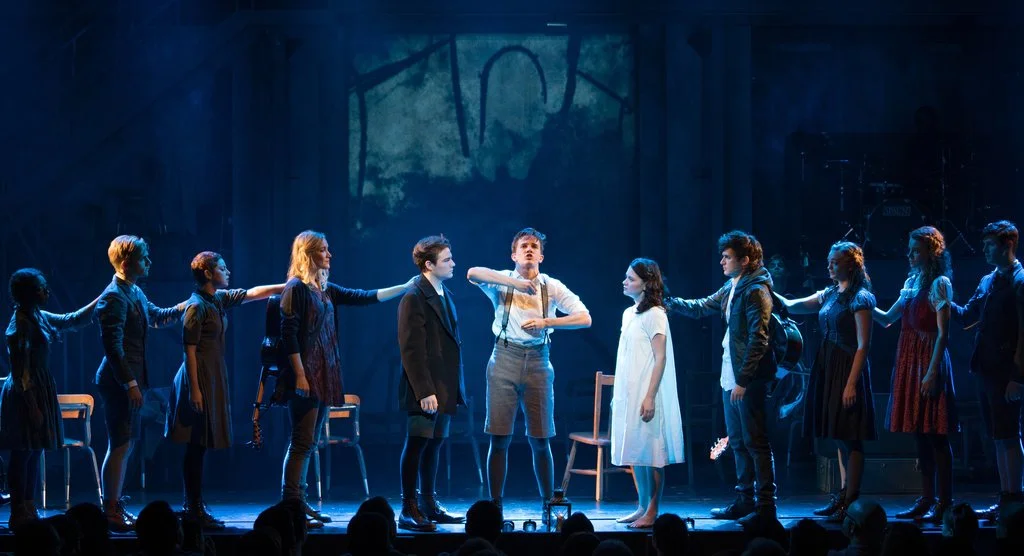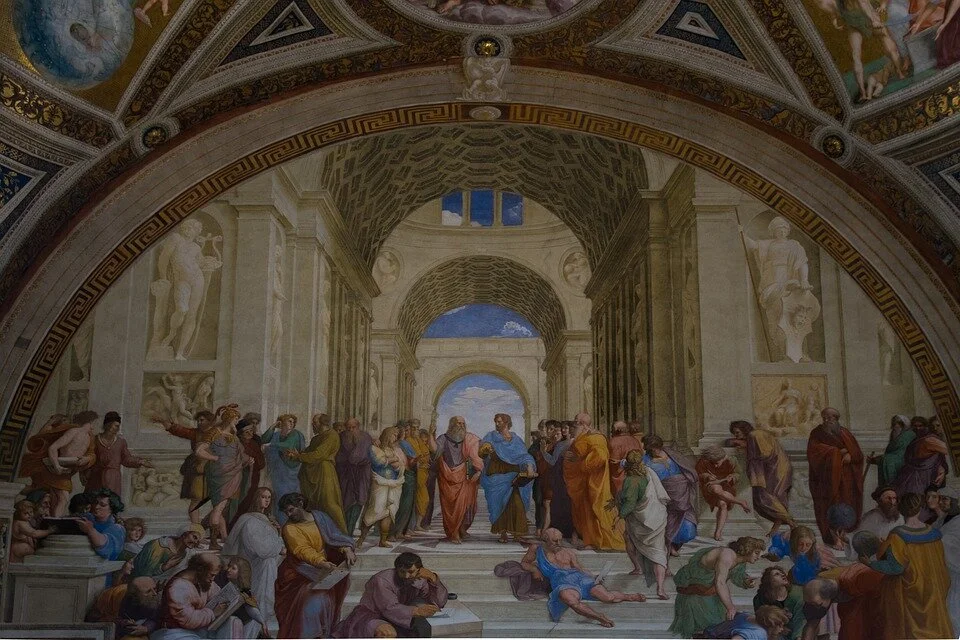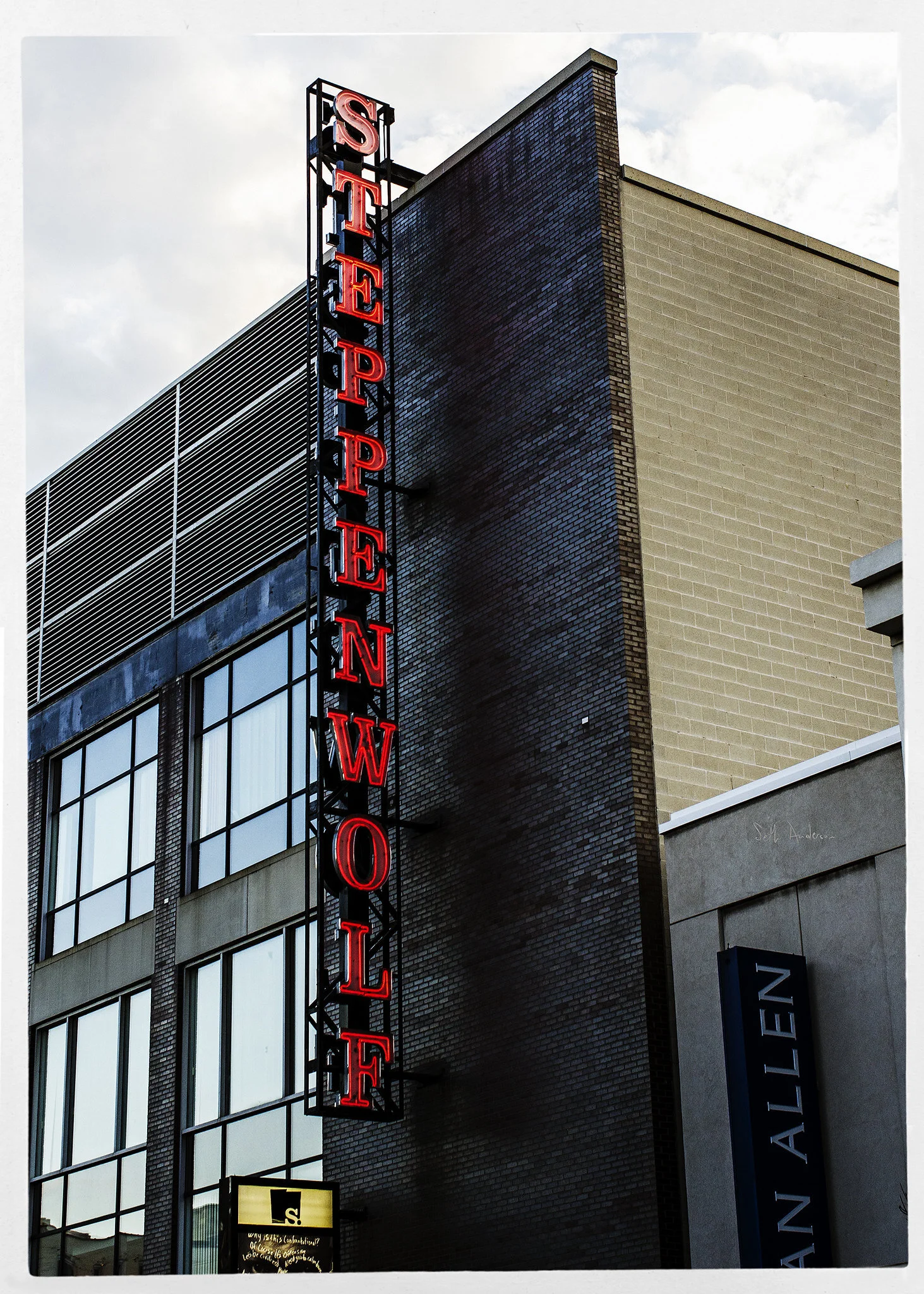As technology continues to reshape the arts and entertainment landscape, our readers and listeners have shown a clear appetite for understanding these transformations. From AI's role in creative processes to the evolution of virtual reality and streaming, this year's most popular content reveals the questions on everyone's minds.
Top 10 Articles of 2023
A Case for Incorporating Sign Language Recognition Technologies into Theatre Performance
While researchers are working to develop sign language recognition technologies, there are no commercially available sign language recognition technologies (yet). As performing arts seeks to become a more inclusive and diverse space, one area that we can work to be more inclusive is with our language, by making our spaces accessible to those who speak many languages, even non-spoken ones.
Equity Via Art and Technology: A Case Study of Deaf West’s “Spring Awakening”
This case study examines Deaf West Theater. Through weaving “American Sign Language (ASL) with spoken English to create a seamless ballet of movement and voice.”, Deaf West teaches through practice that (1) Language and linguistic identity can indeed advance and strengthen storytelling and (2) Audiences want to see linguistically diverse and accessible stories.
In the News: October 2022
As issues surrounding AI and NFTs continue to come to light, conversations about ethical uses of technology become more complex. This month, we are taking a look at stories that address the issues of data privacy in AI technology, the ongoing legal battlefield of NFTs, and digital strategies in theatre.
TBT: Innovation, Technology, & Theatre
How 3D Printing Is Building Itself Into Theatre
Many industries have begun utilizing 3D printing to make work easier and more efficient. This technology is even making its way into the arts. Broadway theatres, university theatre departments, and theatres everywhere are implementing 3D printing technologies to construct props, and even to build entire sets. 3D printing brings new elements of realism and creativity into theatre. It is the future of stage and set design by enabling mass customization of specific designs and independent of outside factors, such as time constraints and availability. In recent years, the market for 3D printers in theatre has shifted from DIY projects to machines for professionals.
Theatre Collaboration Technology: A Blue Ocean to Explore
Theatre production collaboration has long been an analog, face-to-face process. When the COVID-19 pandemic hit in 2020, many theaters moved to innovative, online production models. Without the ability to meet in person, the meta processes of production had to shift online too, and theaters were forced to contend with a new landscape of production possibilities. Now that theaters have proven that they can produce in digital formats, what would happen if they approached opportunities for digital collaboration with intention and care?
Examining Digital Collaboration in Theatre Production Processes
Theatre is known for being a highly collaborative art form. At least pre-pandemic, it was also an art form customarily shaped by in-person ideation and collaboration. Now that theatremakers across the globe have spent 19 months rethinking their relationship to in-person production and experimenting with virtual alternatives, the question emerges - how is collaboration in theatre production process evolving from its ancient and analog roots?
Exploring Accessible Technology in Theatre: Captioning
According to the National Institute on Deafness and Other Communication Disorders, one in eight people in the United States ages 12+ have hearing loss in both ears. Given the prevalence of hearing loss in the United States, it is in performing arts’ organizations best interest to include solutions to make their work as accessible as possible. Disability advocates have spoken out about the need for better accessibility in the arts. No matter the medium captionins is provided, whether looking off stage, at a handheld device, or directly through the lenes of AR-supported glasses, all techonolgies are ensure that the theatre is a welcoming place for all.
Aristotle & Gaming Case Studies (Tragedy is Fun: Aristotle Revisited)
As noted in How Video Games Can Serve as an Engagement Experience, video games, particularly RPGs, are widely popular and engaging with exceptional character and plot structure. The Elder Scrolls V: Skyrim and The Witcher 3: Wild Hunt exemplify Aristotle’s model of dramatic tragedy in a modern form. These case studies prove that video games are fun, tragedy is fun, and by marrying the two, arts organizations can experiment with exciting new forms of audience engagement!
Global Pandemic, National Response: A Survey of the Arts, Public Policy, and Technological Adaptation in Ireland
Something can be gained from examining the response of other nations and their arts and cultural sectors to the pandemic. Through this examination, lessons might be learned about how to continue the response in a time of unprecedented change. Within the past year and a half, many of Ireland’s arts organizations have found ways to create works that integrate emerging technology and also explore Irish identity. This research looks at some of those innovations and the public policies that supported them.
For Theatres, Digital Experiences are Here to Stay
One of the biggest shifts that the theatre industry has seen as a result of the pandemic is the rise in virtual experiences. For millennia, theatre has been an art form that brings people together in the same space to share the buzz of excitement and thrill of emotion connected with live performances. However, Covid-19 has made this almost impossible. Over the past few months, institutions have been forced to make changes, but this has allowed for innovations in the field as well. The issue moving forward into the “new normal” is how to operate in terms of offering seasons as in-person or virtual experiences. I believe that theatres will choose to integrate both types of programming into their future season planning because of the developments made during the pandemic.
Young, Diverse, and Loyal: Engaging a New Audience
Many institutions are rethinking their approach to diversity in the light of renewed protests in support of the Black Lives Matter movement. Theatre companies throughout the nation are a part of this wave, rethinking everything from season planning to staff structure. Yet one of the largest issues at hand is the lack of diversity in audiences. Theatre audiences are dwindling, and those audience members that remain tend to fall into a very narrow set of demographics: usually older, white, and affluent. Theatre companies will have to reach out to new groups If they want to continue working and thriving well into the future.
Fostering Environmentally-Friendly Practices in Collegiate Theatre
As the public becomes increasingly aware of the disastrous effects of climate change, individuals and businesses across the globe have tried to decrease their waste by pursuing environmentally friendly and sustainable practices. The theatre industry has made some attempts to follow suit, but their expenditure of resources is still extremely high. Environmentally friendly theatre practices taught at the collage level have the potential to impact the industry at large in the near future.
Beyond Livestreaming: Remote Theatre Attendance through Virtual Reality (VR)
Virtual Reality technology is increasingly more sophisticated and powerful, and it’s predicted to fully hit the mainstream within the next year. In the performing arts VR has been adopted slowly, most commonly used for immersive experiences. However, there may be a lost opportunity: institutions can use VR simply to grow audiences.
Technology to Automate a Production Manager's Workflow
Connecting Communities Through Howlround's World Theatre Map
New Publication Available: Engaging Audiences Through Sensory-Friendly Performances
AMT Lab's latest publication Opening Doors: Welcoming New Audiences with Sensory-Friendly Performances, is a useful guide for organizations seeking to learn more about the needs and challenges of creating sensory-friendly programming programming. Based on interviews with several sensory-friendly program directors and artists from Pittsburgh Ballet Theatre, Imagination Stage, The Kennedy Center, and TDF’s Autism Theatre Initiative, this publication discusses best practices and important considerations for program development.
Interweaving Social: Managing and implementing social media in artistic programming
In 2012, Dog & Pony DC, a small theatre company in Washington D.C., encouraged audiences to direct the plot of a show and influence characters using Twitter. In A Killing Game, audiences and actors stood side-by-side, immersing themselves in a collaborative artistic experience. In order to learn more about the company’s decision to utilize social media, and its approach to integrating the technology and management of its uses, AMT Lab’s Kristen Sorek West spoke to company director, Rachel Grossman.
























